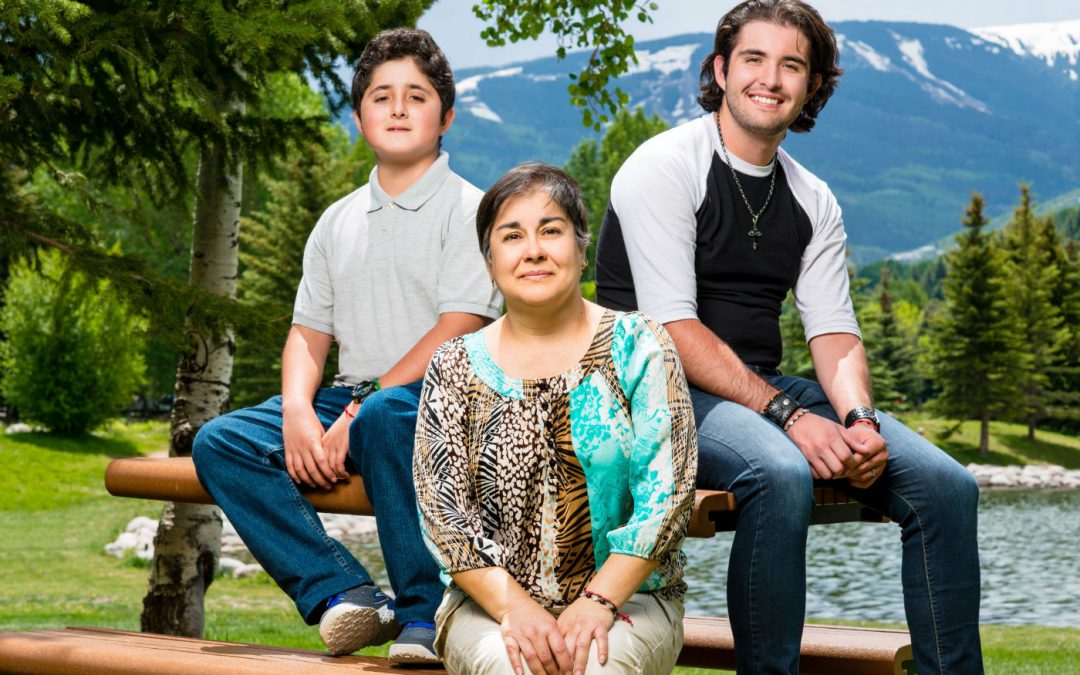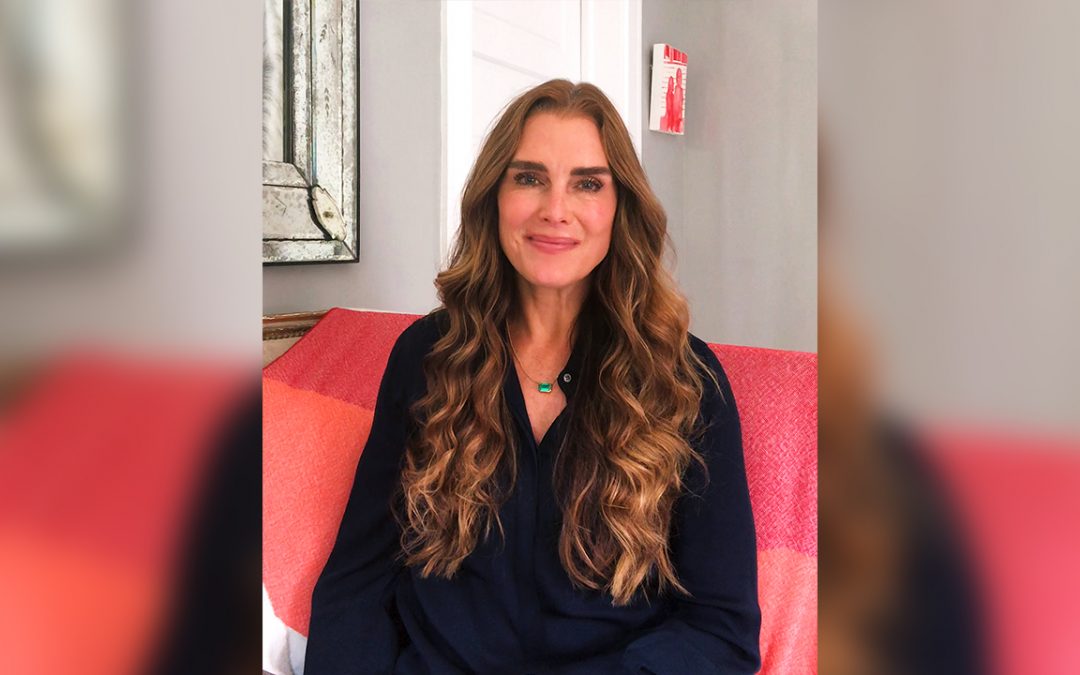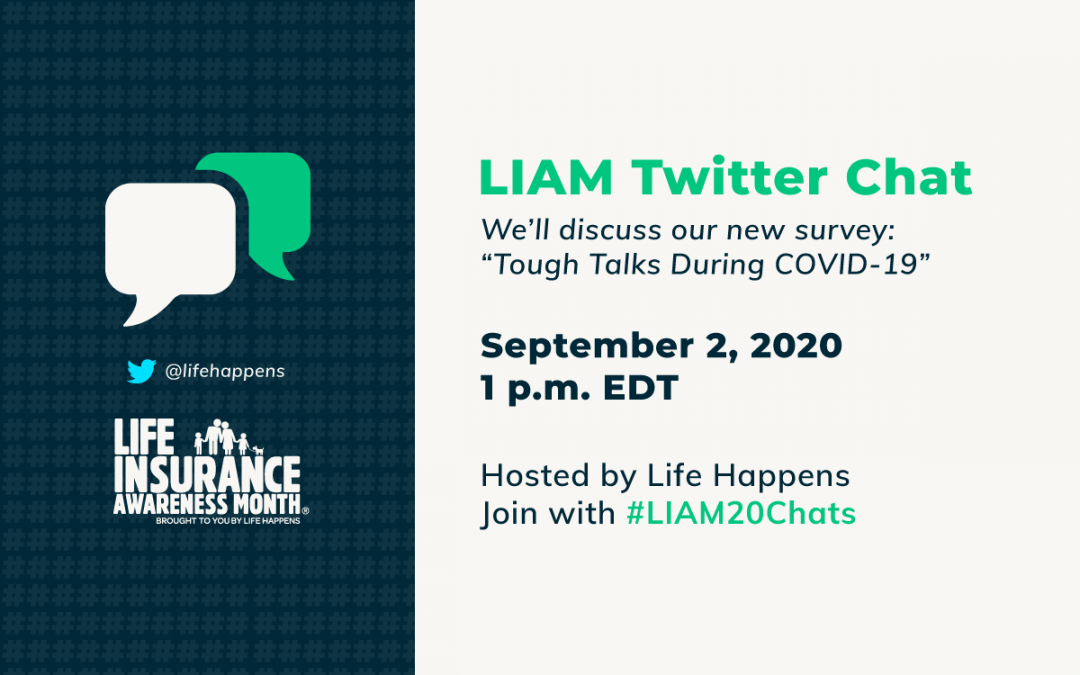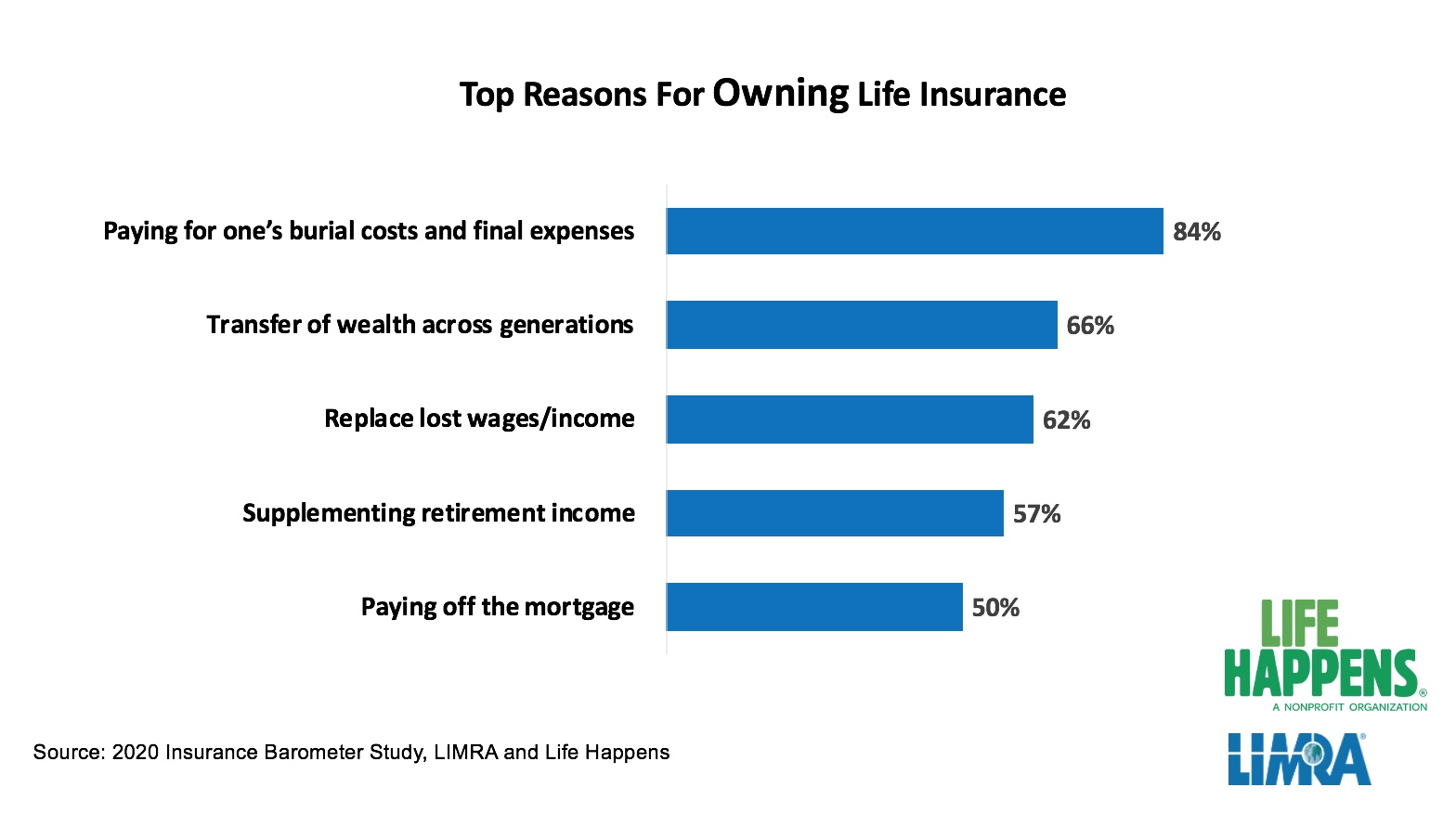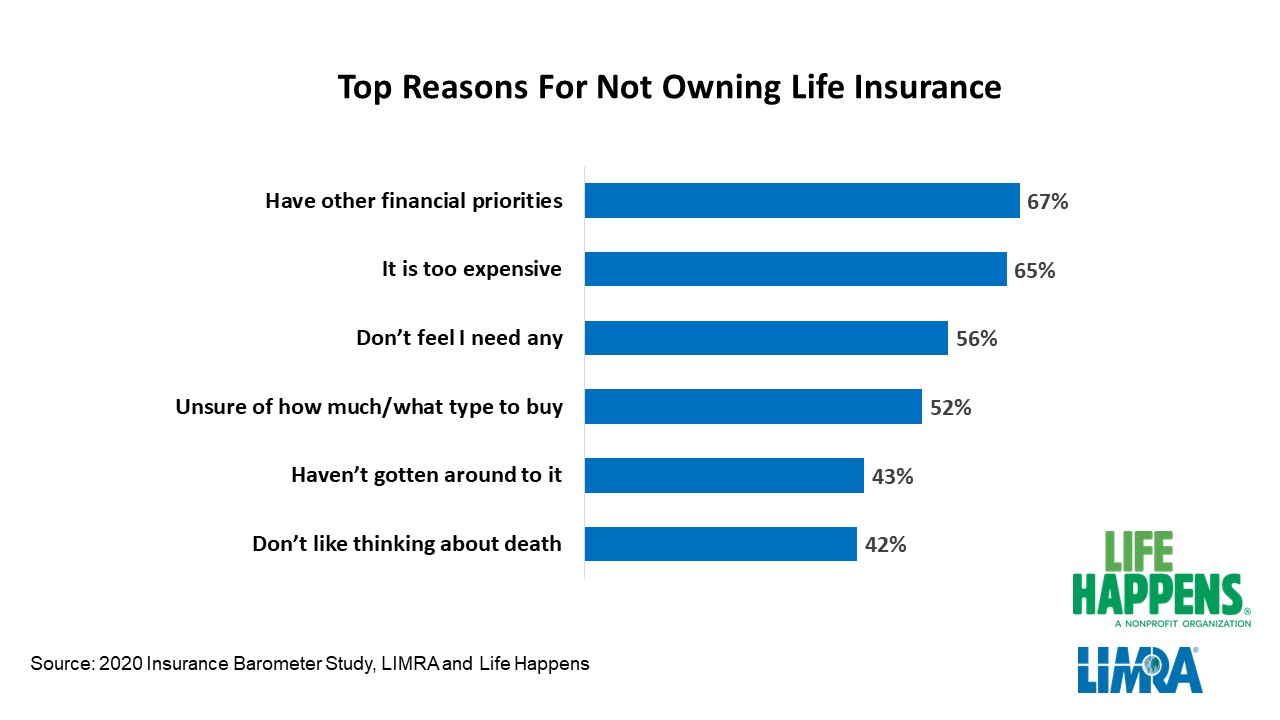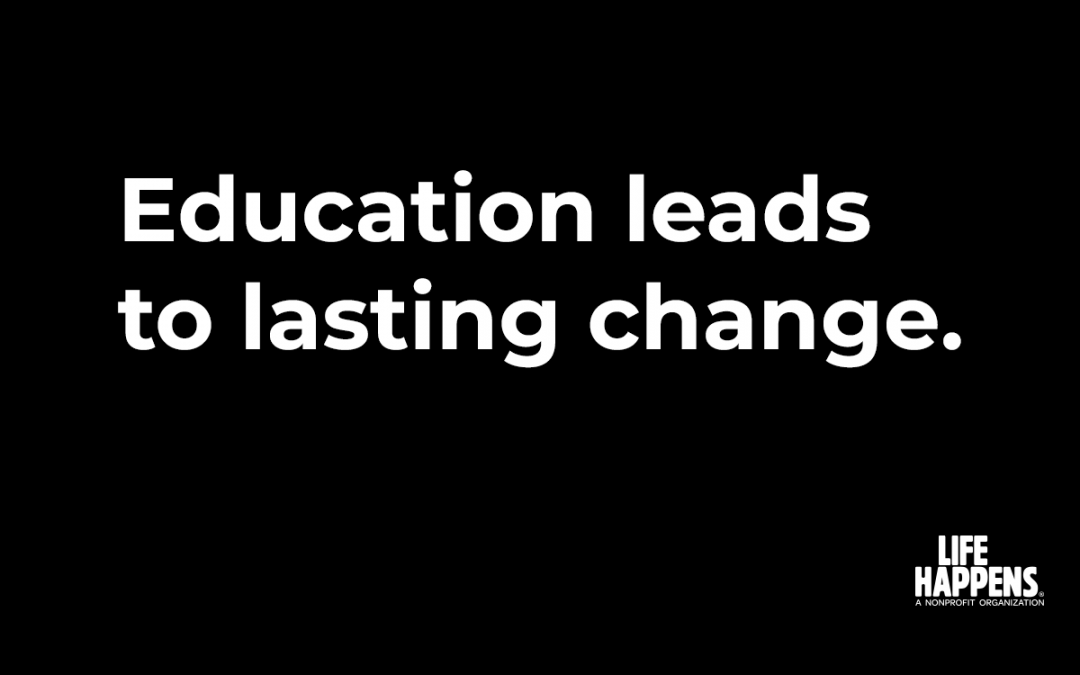
Life Insurance From Your Employer Usually Isn’t Enough
Life insurance from your employer is a valued benefit for millions of American workers.
Employer life insurance is a form of group life insurance that’s offered to you and your coworkers. It’s typically a set dollar amount at smaller companies and a multiple of your salary at larger companies. The multiple is commonly one to three times your current salary.
The Benefits of Employer Life Insurance
It costs you nothing (or very little). A big upside to life insurance from your employer is that it’s usually free. And if there is a cost, it usually only amounts to a few dollars a month.
You don’t have to take a medical exam. Life insurance from your employer is typically offered to every employee regardless of his or her health status. This can be a big plus if you have any health conditions. A health condition can make it difficult to get a life insurance policy on your own.
It’s convenient. There’s no need to consider multiple quotes, schedule a medical exam, or do any other legwork. You usually only have to fill out a form or two and designate a beneficiary.
The Downsides of Employer Life Insurance
It often falls short of how much coverage you really need. Most people need much more than one, two or even three times their annual salary in coverage to secure their family’s financial future. In fact, insurance professionals recommend having 10 to 15 times your annual income in coverage. This is especially true if you have dependents and/or debt. For this reason, it’s best to assume that life insurance from your employer probably isn’t nearly enough.
Supplemental coverage can be more expensive than buying your own policy. You often have the option to buy additional coverage through your employer-based policy. While this can be a convenient option, it may cost more than if you worked with an insurance advisor or agent to buy your own life insurance policy.
Your options are limited. You usually don’t have the range of policy options you’d have if you worked with an insurance advisor or agent.
Your employer can drop it at any time. You lose your coverage as soon as your company decides to drop it. And that’s more common now that fewer companies are choosing to offer or retain their group life insurance these days.
It’s tied to your employment status. You also automatically lose your coverage if you switch jobs, retire or become laid off. When this happens, you would need to go out and buy your own coverage. That can be more difficult as you get older or if you developed a health condition.
You may not be able to convert your supplemental insurance. Not all employer life insurance policies let you convert your supplemental life policy when you leave the company. If you can convert the policy when you leave, expect to pay a rate increase.
Exploring Options Beyond Employer Life Insurance
The potential downsides of employer life insurance often outweigh the advantages. Out of all the disadvantages, the biggest one is mistakenly believing that life insurance from your employer provides enough coverage for you and your loved ones.
Make sure you have all the coverage you really need by working with an insurance advisor or agent. He or she can calculate how much coverage you really need. (You can also use our Life Insurance Needs Calculator to get a quick estimate.) An easy way to find a qualified insurance professional in your community is to use our Agent Locator.
Once you know how much coverage you need, it’s time to compare costs. Review quotes from your insurance advisor or agent alongside the supplemental insurance quote. Know that it may be worth it to pay more for your own portable, flexible policy that you own and control.
In closing, employer life insurance is a great starting point. But it almost never gives you enough protection. So take the time to figure how much coverage you really need and to consider getting your own policy.

